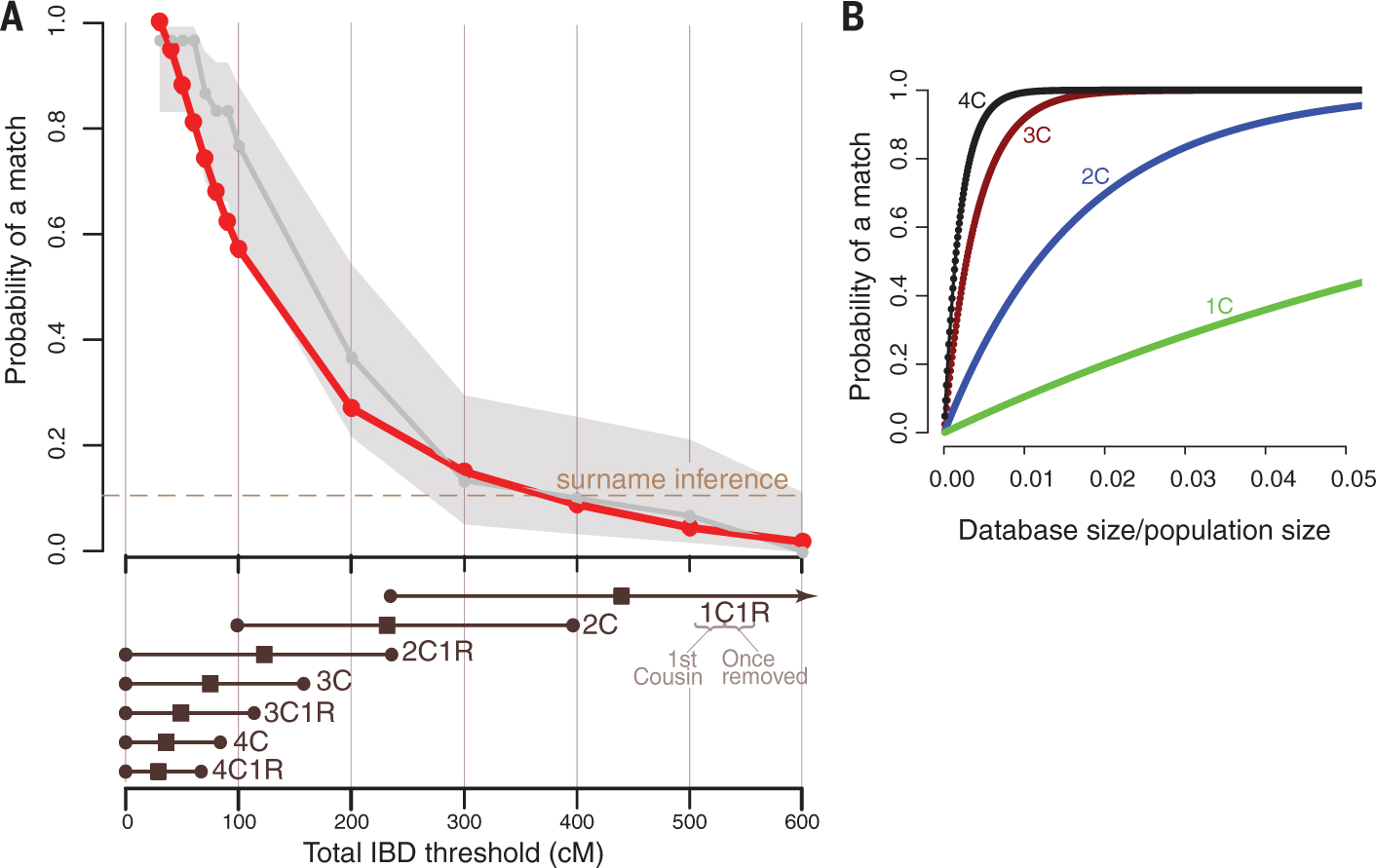Fig. 1. The performance of long-range familial searches for various database sizes.

(A) The probability of finding at least one relative for various IBD thresholds (top) with 1.28 million searches of DTC-tested individuals (red) and 30 random GEDmatch searches (gray). Light gray shading indicates the 95% CI for the GEDmatch estimates. The dashed line indicates the probability of a surname inference from Y chromosome data (17). The bottom panel shows the 95% CIs (circles) and average total IBD length (squares) for a first cousin once removed (1C1R) to a fourth cousin once removed (4C1R) (20). (B) A population-genetic theoretical model for the probability of finding relatives up to a certain type of cousinship as a function of the database coverage of the population. 1C to 4C indicate first to fourth cousins.
